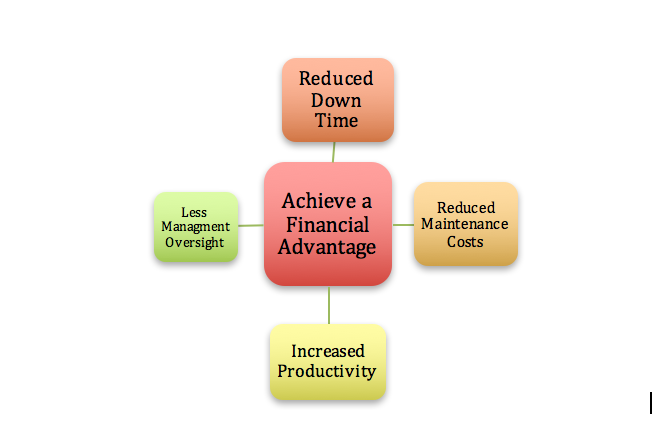There are many stumbling points in completing a complex sale—conducting effective meetings with senior executives, delivering compelling presentations, selling to committees and crafting messages that convey value. It comes as a complete surprise to us that after all the effort, planning and time devoted to the initial stages of the selling process that sellers often embark on “closing the deal” with little or no preparation. The only outcome that they can confidently identify is they want to survive “the close”—no matter the concessions and discounts they have had to make to ensure they have won the deal. We asked a group of sixty sales professionals, “What is your plan to handle demands for a price discount?” The most frequent answer was: “Say ‘OK’ and get the deal closed.”
What Do Sellers Need to Know About Buyers at Close?
In order to close a complex sale, the seller must be prepared to handle demands, unspoken requirements and objections—some of which may seem unreasonable or disconnected from prior conversations.
- What interests are driving the buying organization to make this purchase? Why now? What is driving the need to do something different now?
- What issues underlie demands for a price discount or concession? Most buyers (unless they are very experienced in negotiating) ask for a discount or concession because (a) they feel it’s their role or (b) they believe a discount will draw respect and praise from their supervisor. It’s not because they have conducted a thorough assessment of market prices for identical or similar products.
In order to prepare effectively to meet unexpected demands sellers need to discover underlying interests–perhaps in the form of unaddressed corporate initiatives–that would be served by closing the deal.
- Are there non-monetary concessions that can substitute for price discounts? Savvy sellers make a list of non-monetary options that may address a customer’s interests or objectives such as on-site customer service during implementation or extended warrantees.
- Does the buyer perceive a “personal loss” from closing the deal? If buyers fear a personal downside from the sale—such as loss of control or diminished responsibilities or threat to their position in the organization—they will slow or stall the closing process.
- What is the “buyer’s window” for this sale? In preparing to close a complex sale sellers should know the buyer’s anticipated or preferred timeframe for concluding the sale. Are the buying and selling processes properly aligned? Or, is the seller racing ahead of the buyer?
- Are there internal political issues that may stall or jeopardize this sale? Often buying processes become “chess pieces” as department heads or executives struggle with issues of power and control. Unwitting sellers may find their sale compromised by political strife that outwardly appears to have little or nothing to do with the selling process.
What Tools May Help the Seller Close the Deal?
Often sellers view “closing the deal” as an overly simple process of listening to what the buyer wants and deciding how much to concede. Skilled negotiators manage the dynamics of the closing process with three simple tools.
- Mind Mapping is a visual tool that help individual or teams diagram ideas and information around a central theme. It allows negotiators to clarify the linkages between benefits and interests. In the example below, a buyer expresses an interest in achieve a substantial financial advantage. This simplified “map” helps both parties envision benefits (reduced down time, reduced maintenance costs, increased productivity and less management oversight) that contribute to a financial advantage.

- Prioritizing options can help both parties understand which interests are most important to the buying organization. A simple way to prioritize is to list each interest on a separate “sticky note” and attach each note to the wall, table or flip chart. Discuss the importance of each interest. Then the seller can move or delete notes until the buyer feels the list and order accurately reflect the organization’s priorities. Of course, the “sticky notes” are just a device for stimulating discussion.
- Brainstorming for a few minutes can engage the buyer in listing options that might be ignored in the rush to close the sale. For example, the seller might say, “Let’s take a few minutes and identify the features of your ideal solution.” This gets and keeps the buyer engaged while helping him/her better understand their own interests.
Parting Thoughts
There is an old adage about closing a sale that is worth repeating: “Never give up too much, too often or too quickly.” Don’t rush the close. Take a breath and make the buyer work for what they receive.


